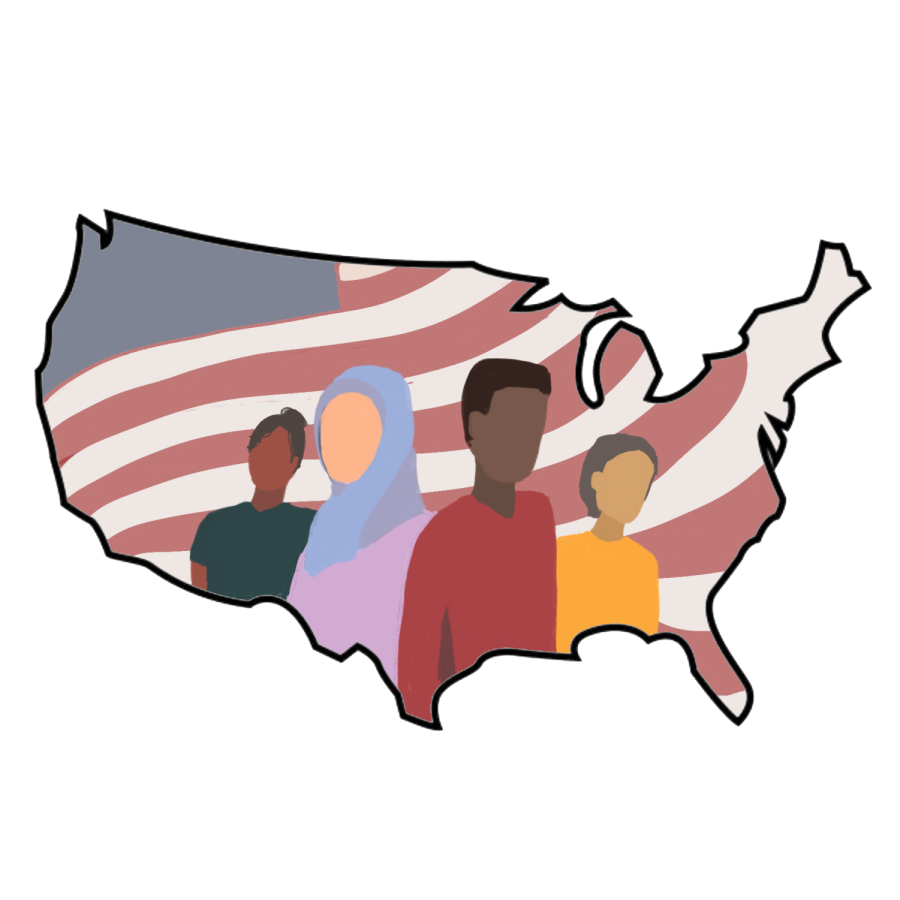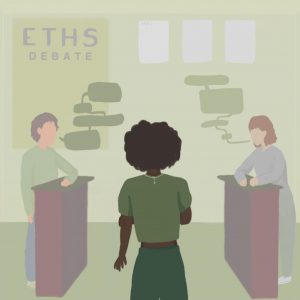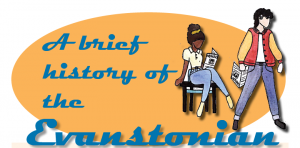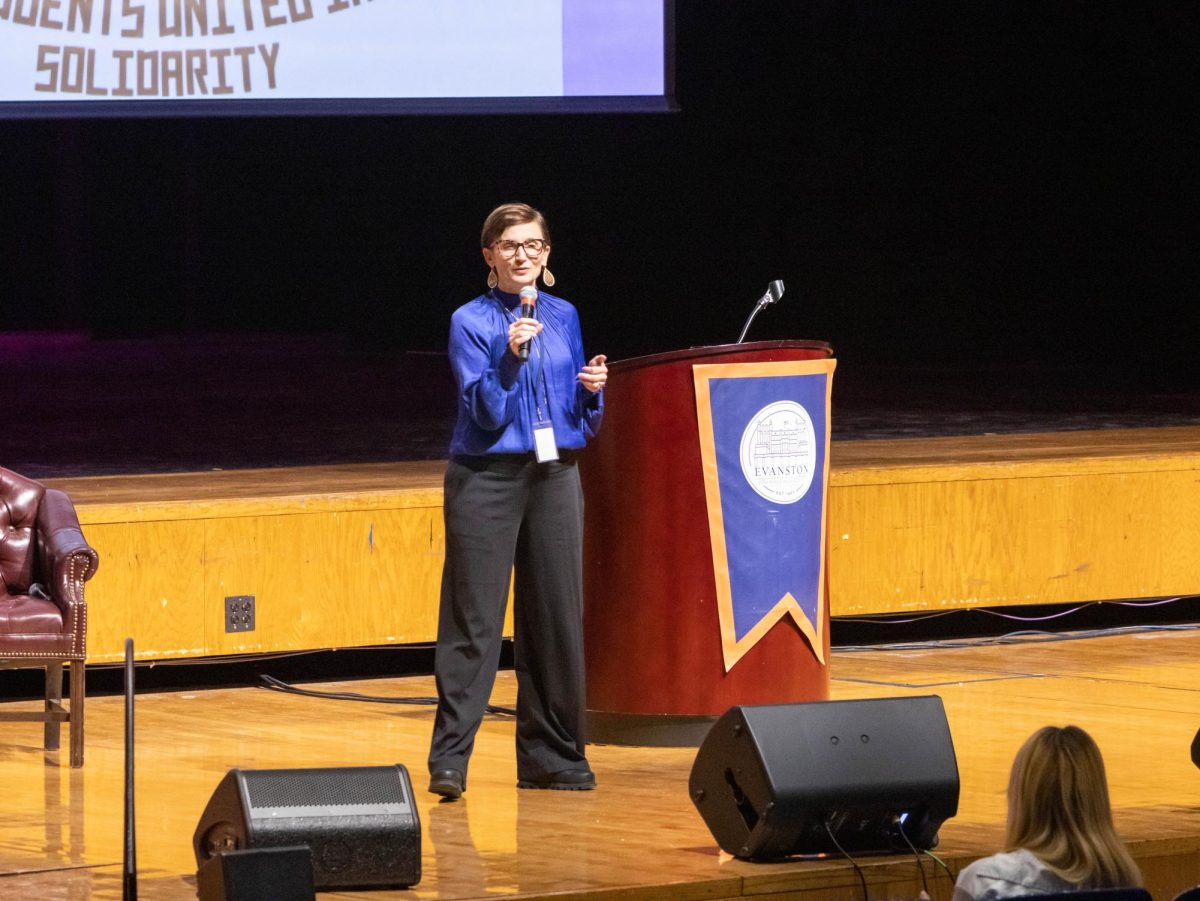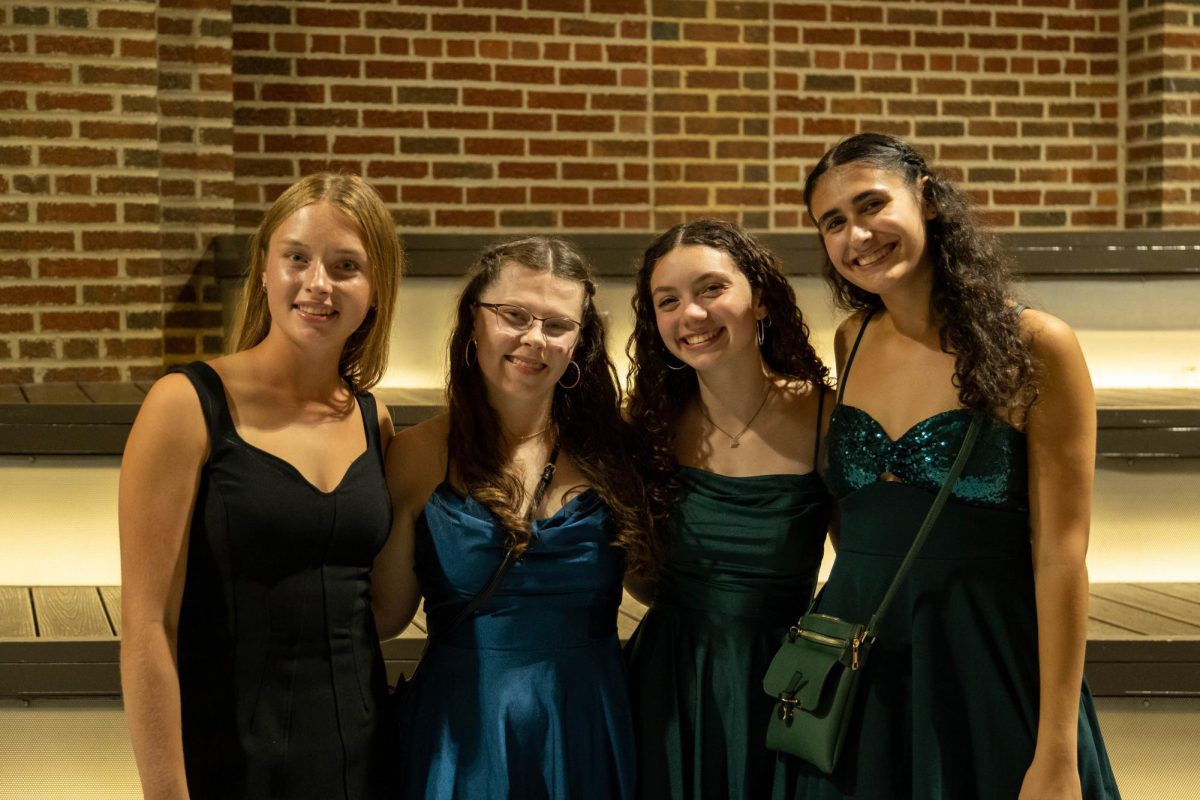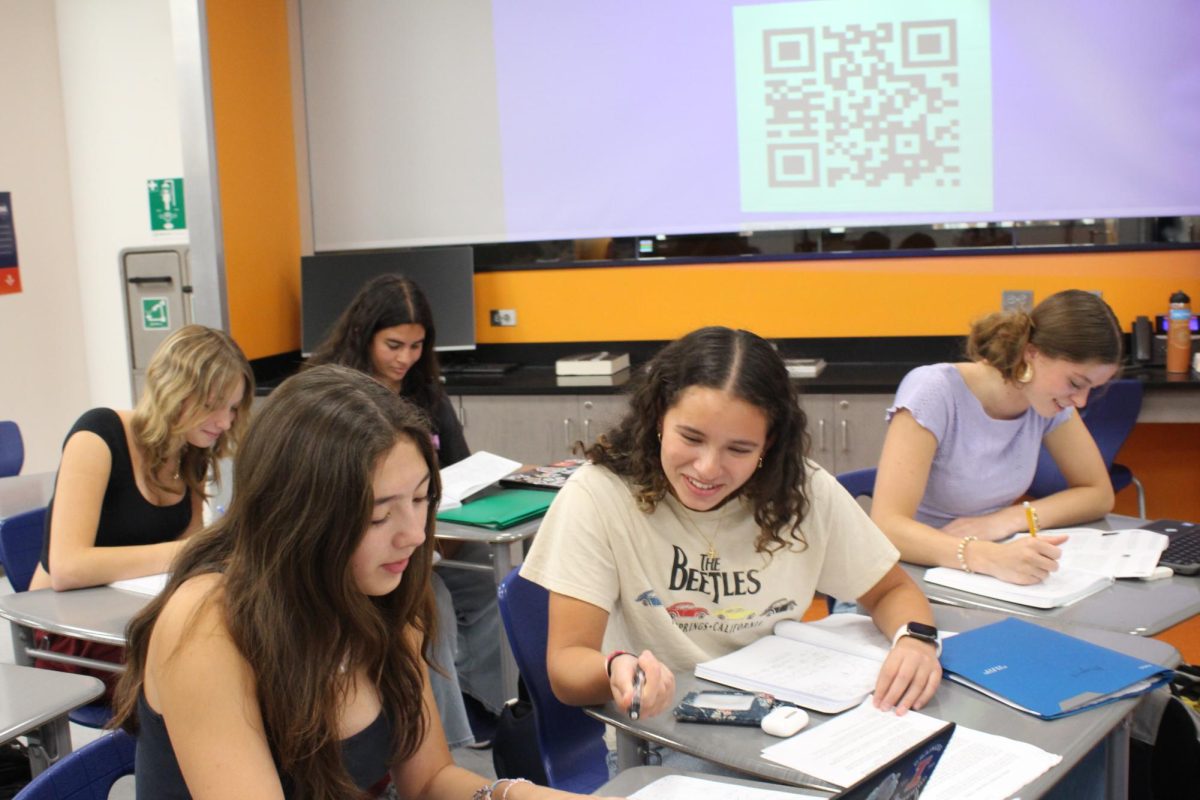Journalism, me, and the American Dream
February 22, 2021
Journalism has the power to shape our realities, our dreams.
My idea of the American Dream was planted from a young age, something that the Statue of Liberty symbolized and my parents proved. It was the idea that as long as I was here and could stay, there was nothing I couldn’t do and nothing holding me back from achieving the dreams that I had. The American Dream was one idea that my family had known I would be able to reach when they immigrated to the US from India when I was four. While this same American Dream was the one taught to me in school, convincing me I could be anything I wanted, the things happening around me simultaneously seemed to disprove that.
By the 7th grade, I had been plagued with stories of immigrants wanting to steal jobs, the concept of people being illegal; I had realized that equity was no longer a guarantee. While I gained access to advanced classes, the people around me were almost all white. As we went to school, it became evident who had the privilege of succeeding and who would have to work twice as hard for the same goal, whether that be getting to college, getting a job—the things America made possible.
That brought upon the question: how accessible was the American Dream in reality, and what factors made it that way? In a study conducted by Californian company Even, results showed that more than half of the 1,000 Americans surveyed weren’t sure whether their American Dream was attainable, whether that meant house ownership, financial freedom or other goals in mind. 80 percent of respondents also didn’t have savings that would support them for at least six months.
Students within ETHS, shared their thoughts of what their definition of the American Dream is.
“It means being able to have more opportunities and access to resources and giving future generations better opportunities than you had, in my experience,” sophomore Adela Bautista explains.
Whether or not that information is surprising, it shows how uncertain the idea of an American Dream is in reality, especially without privileges like wealth and whiteness to support you.
“I’d define the American Dream as a fallacy used to maintain the belief that America is an equal place,” freshman Jacques Philippe explains.
While both statements contrast in their depiction of both the question and the ideal of the Dream as well, it could be argued that they both in reality just show different aspects of it.
So what makes this ideal so hard to navigate? For one, there is no single American Dream that every person seeks to follow. To many high school students, the American Dream is a broader expectation of success and happiness in the future, while others may want instead to have a job that means something to them. The ability to attain higher education, steady income and access different opportunities are all affected by race, even as a student. To truly make anyone’s American Dream possible, it’s necessary to make sure those disparities, especially in school, don’t start to define what’s possible and what’s not for students. Furthermore, the stories we share shed light on those infinite possibilities.
The practices of journalism play an influential role in making sure we share the stories that BIPOC, immigrants and other marginalized are accurately represented. Journalism helps those who have privileges to understand what that means for them while validating the work of those who don’t have that privilege. People use media, news and journalism to perceive the world around them. The ideas people have of entire communities are often cultivated from what they’ve heard and learned about them, much of that through journalism and the news. It’s dangerous when these stories are inaccurately told—twisted or, at times, fully incorrect—largely due to these experiences being shared through people in the media who don’t take the time to dismantle the stigmas we see today. To me, that looks like immigrants who have been labeled as aliens, whose “dream” is confined to stealing jobs, who don’t deserve a place in this free country
The American Dream is one of the U.S.’ main symbols today; yet, it’s an inequitable one. For me, moving to the U.S. was a new beginning and a door my parents had opened for me. To my parents, getting their schooling here meant better being equipped to raise my siblings and me. No matter what your dream entails, pushing towards a future where anything is truly possible is what it takes to fulfill what we call the American Dream. That means advocating for students who don’t have access to it, as well as portraying it in a way that empowers the people who want it. As the Evanstonian evolves and grows, I hope that it can use its platform to reach all communities and hold itself to a standard that makes sure everyone’s dreams, voices and stories are heard.


